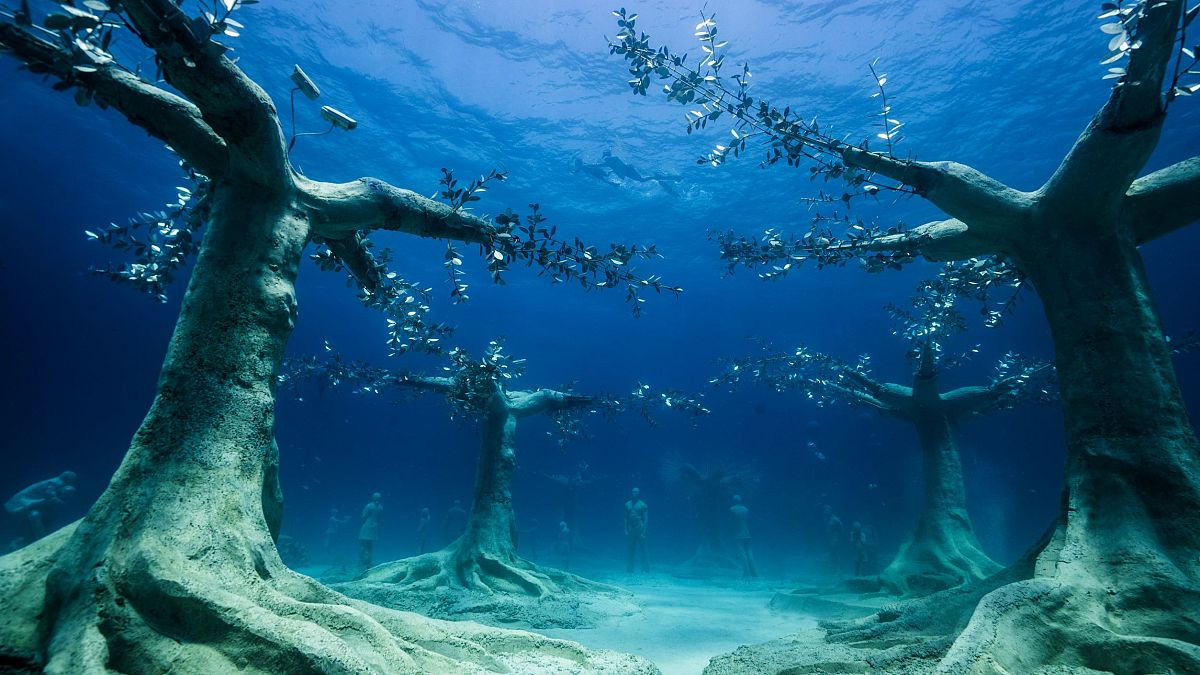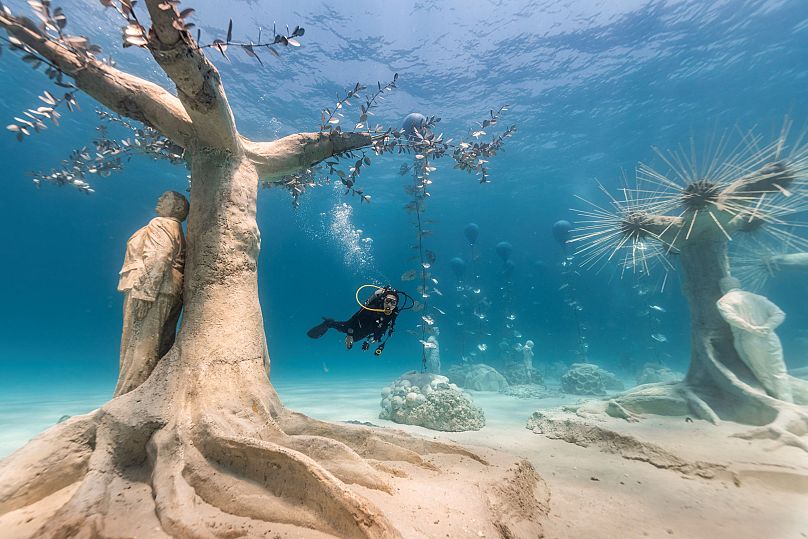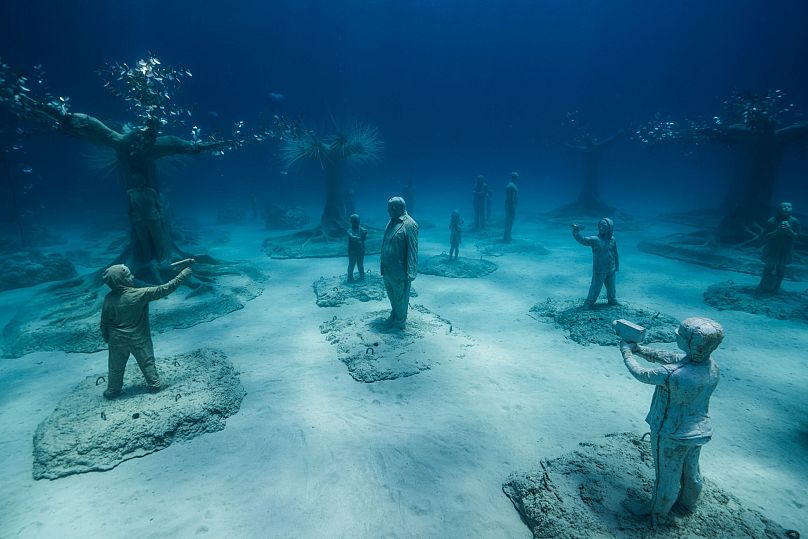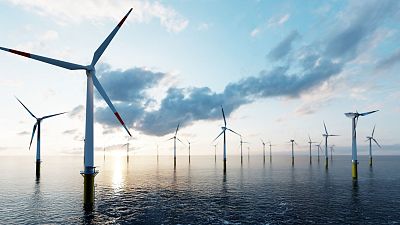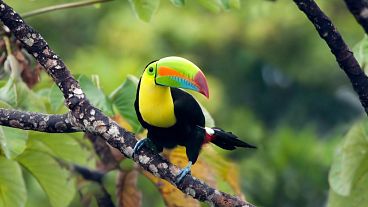Almost 100 sculptures have been set up in the sea in Cyprus.
Off the coast of Ayia Napa in Cyprus, lies a very unique museum. Punters may only enter if they are wearing a snorkel…
The Museum of Underwater Sculptures Ayia Napa (MUSAN) is the brainchild of sculptor, environmentalist and photographer Jason deCaires Taylor. He built it specifically to help biodiversity to thrive in the area.
His 93 works of art, made from a combination of high grade marine stainless steel and a pH neutral concrete, invite marine life to start growing on them just like on artificial reefs.
Placed at 8-10 metres deep, these pieces are designed to attract a variety of sea life. The area’s crystal clear waters also mean it’s suitable for both divers and snorkelers to visit the submerged gallery.
Rewilding the seabed
MUSAN is designed not only as a museum but as a rewilding project. Only about 10-15 per cent of the sea bed has a solid enough substratum to allow reefs to form naturally, making artificial replacements an important part of underwater conservation.
Artificial reefs are created on barren stretches of sea beds, away from healthy ecosystems. This helps to draw visitors away from natural areas allowing them space and time to recover while building new habitats.
Jason’s previous projects across the globe have all been specifically designed for each location and its wildlife.
The sculptures have a textured surface that allows corals, sponges and other microscopic organisms to attach to and grow. In turn this creates homes and food sources for other marine life. The intention at MUSAN, like the other sites, is for the sculptures to evolve over time as creatures inhabit the space.
“A lot of sculptures transform, they have corals that grow on them, they have sponges that adhere to the surfaces,” says Jason.
“They've become habitat spaces for marine life so that they almost work on a twofold purpose. You know, first as works of art, which mainly discuss social issues, but also as living, breathing artificial reefs.”
Museum with a mission
Jason says the museum has many different narratives within it. One of the key themes centres around the power of information and its ability to create change. This is represented through figures of children all pointing cameras at each other.
“It's about inspiring people to watch what's going on, to hold people responsible for how our world is changing and to try and affect a better outcome,” Jason explains.
MUSAN is just a few hundred metres from Ayia Napa’s Pernera beach, within the Ayia Napa Artificial Reef Marine Protected Area (MPA).
“Marine research is a priority matter to create awareness amongst the society, within the museum. [...] We expect that in the years to come, the museum will attract a lot of people and will change people's attitude towards the protection of the marine environment,” says Giorgos Bayadas from the Department of Fisheries and Marine Research.
Watch the video above to explore the underwater museum.
